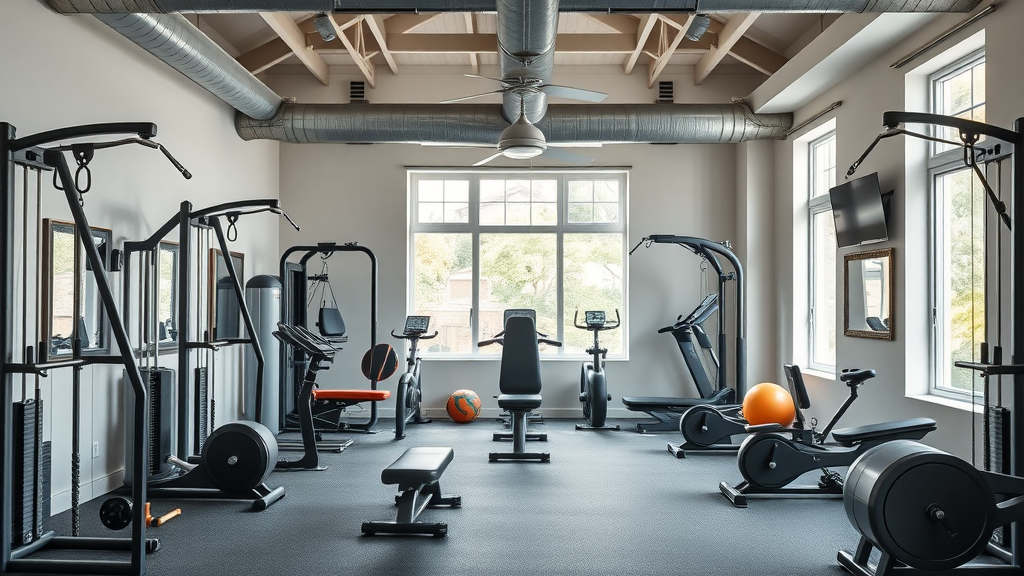Imagine enhancing your recovery process by merely submerging yourself in cold water. It might sound unconventional, but cold plunging is transforming the sports recovery scene with its undeniable benefits. Whether you're an athlete looking for some edge or someone needing a fresh recovery regime, cold plunging could be your answer.
Discover the Powerful Benefits of Cold Plunging
The Rise in Popularity of the Cold Plunge
The cold plunge has become a phenomenal recovery strategy due to its powerful effects on muscle recovery and inflammation reduction. The practice is not limited to elite athletes; it's now embraced by gym enthusiasts and wellness seekers worldwide. This surge in popularity is attributed to cold plunging's ability to rejuvenate muscles, boost the immune system, and improve mental clarity, offering users a holistic approach to well-being.

Understanding the Health Benefits of Cold Immersion
Regular exposure to cold plunging can offer numerous health benefits. It reduces inflammation, speeds up recovery, and enhances cold exposure resilience by adapting the nervous system. Immersion in cold water boosts blood flow and combats muscle soreness efficiently, making it an excellent post-exercise routine. Additionally, cold immersion helps the body adapt to cold temperature variations, potentially aiding in improved metabolism and overall health stability.
How to Cold Plunge for Optimal Results
Step-by-Step Guide: Cold Plunge Techniques
To begin your cold plunge experience, start by preparing the right environment. Fill a tub with cold water and ice, ensuring the temperature is between 50 to 59 degrees Fahrenheit. Immerse yourself slowly to acclimatize your body temperature to the cold. Remain submerged for no longer than 10 minutes initially, allowing time for your body to start with short adaptations. Gradually increase duration as your body adapts.
Common Mistakes to Avoid During Cold Plunges
Navigating cold plunges can be tricky, particularly for newcomers. Avoid prolonged exposure during your first attempts—start with short durations. Also, ensure that your chest is not fully submerged initially to prevent shock to the heart rate. Another frequent mistake is overlooking pre-existing medical conditions. It's always a good idea to check with your doctor before incorporating cold plunging into your regimen, especially if you have health concerns like blood pressure issues.

Essential Tips to Start Your Cold Plunge Journey
Initiating your cold plunge journey requires patience and listening to your body. Begin with gradual exposure; consistency over intensity is key. Equip your plunge area with an accessible exit and ensure your recovery afterward includes warming up, possibly with a hot tub session or warm clothing. Remember, the end goal is gradual acclimation, allowing the body to naturally adapt and benefit from regular cold exposure.

The Science Behind Cold Plunges and Ice Baths
Comparing Ice Baths with Cold Plunges
The terms ice baths and cold plunges are often used interchangeably, yet they differ primarily in usage and target outcomes. Ice baths purposefully involve ice for extreme cold and swift muscle recovery, whereas cold plunges focus on enhancing general vitality by leveraging colder water temperatures. Understanding these distinctions allows you to select the best method that aligns with your fitness goals and recovery needs.
Water Immersion: Analyzing the Effects on the Body
Engaging in water immersion can profoundly affect the body. It triggers the release of norepinephrine, which reduces inflammation. Additionally, the constriction of blood vessels during immersion enhances blood flow upon exiting, promoting quicker recovery. These physiological reactions can also decrease muscle tension and improve mental alertness, showcasing why water immersion is pivotal in sports medicine for recovery.
Adapting to the Cold: Listen to Your Body
How to Mitigate Discomfort and Ensure Safety
Mitigating discomfort during cold plunges involves paying close attention to your body's responses. Gradual immersion minimizes shock to the system, while focusing on controlled breathing helps manage discomfort. Ensuring the body's core remains within a safe temperature range is crucial. Post-exposure, immediately commence warming techniques, supporting your body's readjustment to normal conditions.
Setting Personal Limits and Building Resilience
When cold plunging, personal boundaries are vital. Establishing a baseline for your body's cold tolerance is an individualized process. Before advancing to longer durations, allow time for resilience building, thus enabling the body to adapt effectively. Regular cold exposure promotes endurance and builds resilience, serving as a powerful tool for both physical and mental fortitude.

Practical Tips for Cold Plunge Enthusiasts
Choosing the Right Environment for Cold Plunging
Selecting a suitable environment is critical for successful cold plunging. Whether using a personal setup at home or a facility, ensure a controlled setting away from disruptions. Outdoor enthusiasts may prefer natural cold water bodies but consider convenience alongside natural beauty.
Proper Equipment for a Successful Cold Plunge
- Ice baths
- Temperature control
- Duration monitoring
Having the right gear fortifies your cold plunging experience. Equipment like temperature-controlled baths and timers for monitoring duration are recommended. Safety measures, like ensuring an easily accessible exit, guarantee a secure environment for successful sessions.

People Also Ask
How to do a cold plunge properly?
To execute a cold plunge correctly, immerse yourself in cold water gradually while maintaining controlled breathing. Start with short durations, progressively increasing the time as your body adapts. Post-plunge, ensure your body is gradually warmed to restore regular body temperature.
Do and don'ts of cold plunge?
Do prepare and acclimatize slowly, using breathing techniques to manage discomfort. Don’t overexpose or neglect warming afterwards, as this could lead to adverse reactions. Always listen to your body and consult a healthcare professional if you have pre-existing medical conditions.
What is the protocol for cold plunge?
The cold plunge protocol involves gradual immersion, controlled breathing, short initial durations, and post-session warming. Incremental increase in exposure times contributes to building resilience over time.
What is the cold plunge rule?
The primary rule for cold plunging is to begin conservatively, respecting your body's acclimation rate. Ensuring adequate safety measures and comfort after immersion supports a safe and effective experience.
Conclusion and Next Steps
Recap of Key Takeaways and Final Thoughts
"Cold plunging can transform your recovery routine and invigorate your lifestyle."
Embrace the process, harness the benefits of water immersion, and consider how regular cold exposure can redefine your recovery journey. Begin with these foundational steps and observe the remarkable improvement in your physical and mental recovery.
| Method | Timing | Benefits |
|---|---|---|
| Ice Baths | 10-20 minutes | Intense muscle recovery |
| Cold Plunges | 5-10 minutes | Overall resilience enhancement |
 Add Row
Add Row  Add Element
Add Element 



Write A Comment